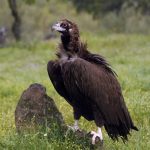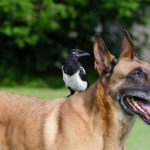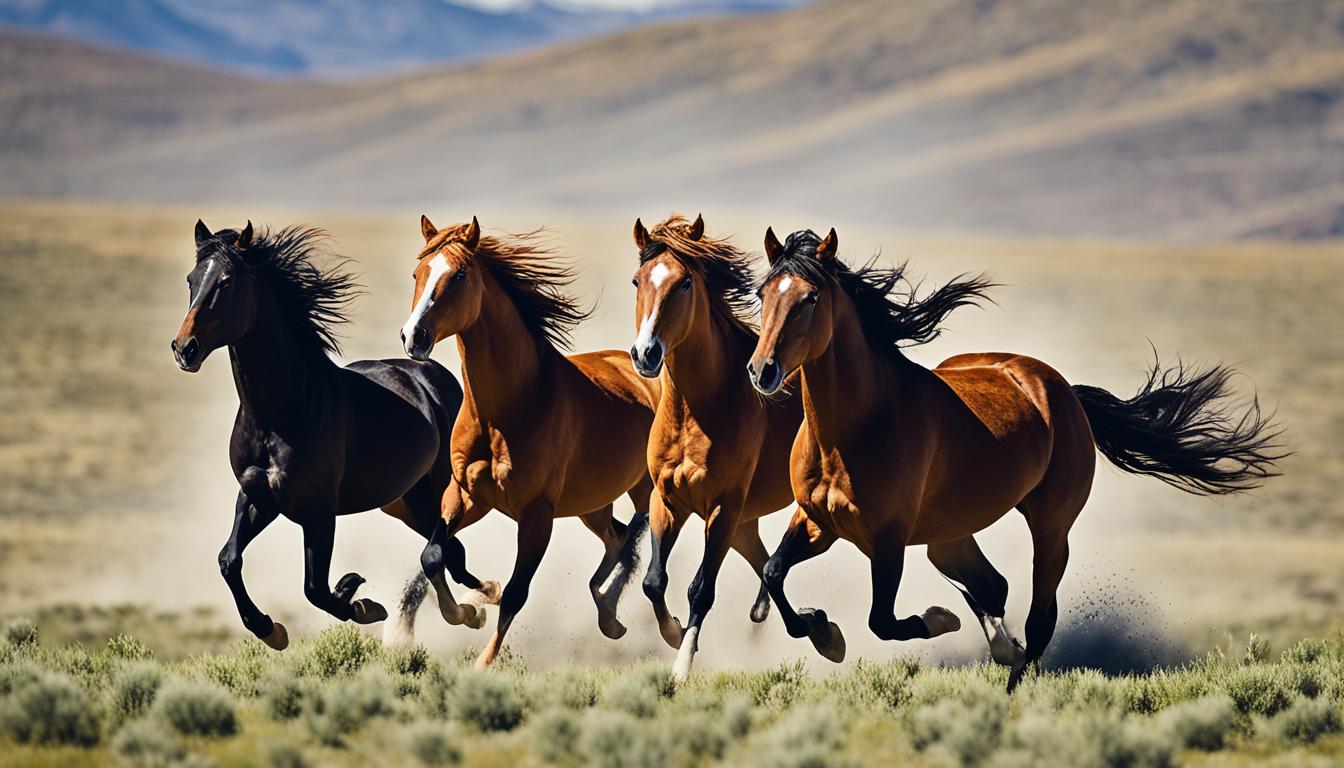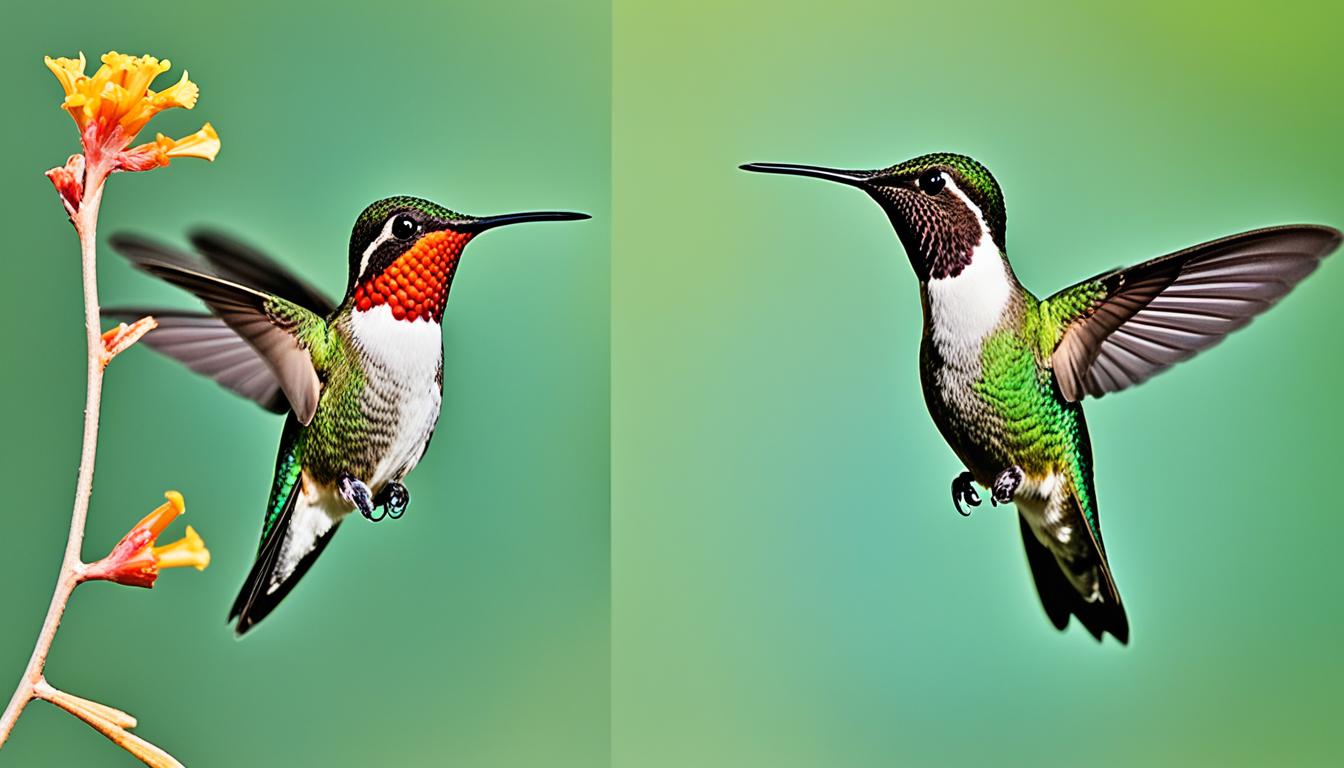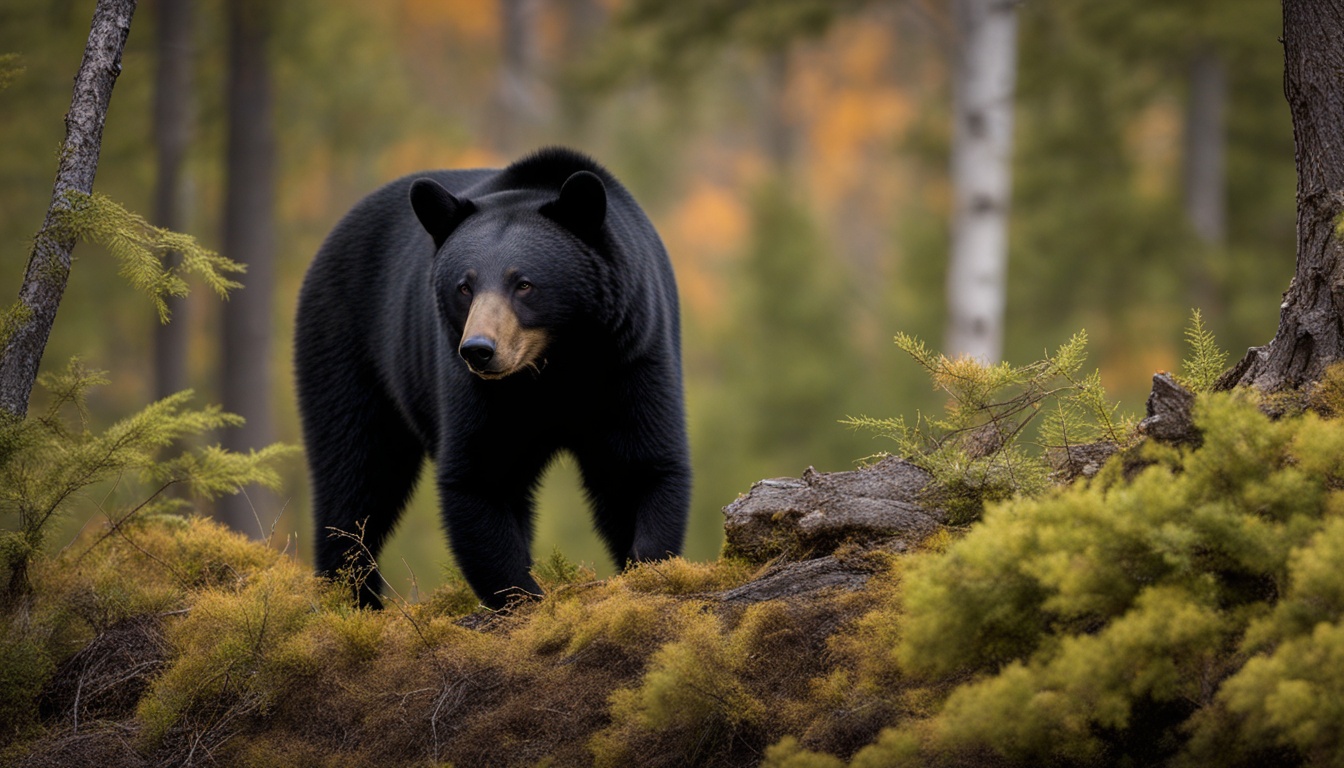Although cats and dogs are not their primary prey (birds and rodents are) – large hawks can certainly attack and sometimes kill and eat small dogs and cats.
How Often Do Hawks Attack Cats And Dogs?
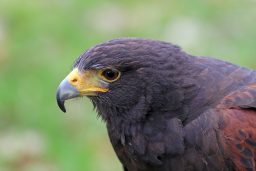
There are many risks to cats and dogs in your yards by wildlife – whether it is bears, wolves, or puma – but attacks can come from the sky too. Large hawks are more than capable of attacking cats and small dogs if they feel threatened or are hungry.
There are several large hawks around the world who are bold enough to attack our pets, and sometimes do just that. Although it isn’t very common at all thank goodness, and it can be further reduced with some common sense and understanding.
Article: Can Racoons Eat Cats and Dogs?
Most hawks – even the smaller ones – can still attack your cats and dogs (and you) for a wide range of reasons. However, there are hawks all over the world and pets kept in their millions – but attacks are still the rare exception. It really is a one-in-a-million thing – but of course, your location is always a key factor.
Are you in prime hawk habitat?
Why Do Hawks Attack Small Dogs?
There are peak times when there are most likely to be attacked by hawks – and this is usually when they are nesting. And you happen to be too close. Out on a walk in the woods – you may not even know they are nesting and so a surprise attack can come any time. But in your own yard – that is less likely.
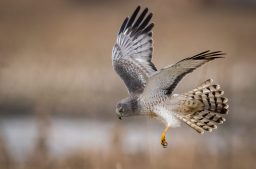
However, they could choose your yard to build their nest for the season – which for the ubiquitous Red-Tailed Hawks and most other hawks – is April to June. They will vigorously protect their young from you and your pets if they feel threatened during this time. Your dogs are most likely to annoy the hawks by mistake – as domestic dogs tend to wander about aimlessly outside most of the time – sniffing the ground. They are not thinking of an attack from above.
Dogs are also more likely to be noisy and act erratically or move at speed – all things that a hawk could find threatening. Additionally, larger hawks often hunt big mammals like rabbits – so a small dog under 20lbs – could very much look like an easy meal if the chicks are getting hungry. And to be honest – a hawk doesn’t care what mammals it eats – wild or domestic.
Best steer clear of them and keep the dogs inside until the eggs have hatched and the chicks fully fledged. It is just a matter of respecting nature – and of course – protecting your pets! There are plenty of stories online of hawks attacking cats and small dogs – as well as humans – so just be cautious.
What Are The Largest Hawks?
In the U.S, there are several large hawks – all with a wingspan of over 1 meter. The Red-Tailed Hawk (found in all states), White-Tailed Hawk (coastal Texas only), Ferruginous Hawk (western states only), and Swainson’s Hawk (western states summer only) all have wingspans of just under 1.5 meters – and can weigh up to 5lbs.
The Northern Goshawk (in all but the southwest states) is slightly smaller (at around 3lbs and 90-130cm wingspan) but is more violent. They are often recorded as attacking all sorts of animals (and humans) that approach their nesting or feed sites.
Across the globe, there are many hawks or all sizes, but the Ferruginous Hawk is by far the largest of them all. They also – like most hawks – catch and kill prey on the ground – so they don’t need to be strong enough to carry a dog or cat away with them. This means that even considerably smaller hawks could attack and/or kill your smaller pets too.
Do Hawks Carry Rabies?
Hawks can certainly carry diseases and parasites – and inflict a serious wound that could get infected – but they do not carry rabies.
Rabies is a viral disease that is only passed on in the saliva of certain mammals – so no matter how much interaction your dog or cats had with a live hawk – there should really be almost zero chance of them having caught rabies from it.
Only if there was a simultaneous attack from the hawk on another wild mammal in the minutes before they made contact with your pets, would there be even a remote chance of them contracting rabies.



